Home>Garden Essentials>How Fast Do Oats Germinate
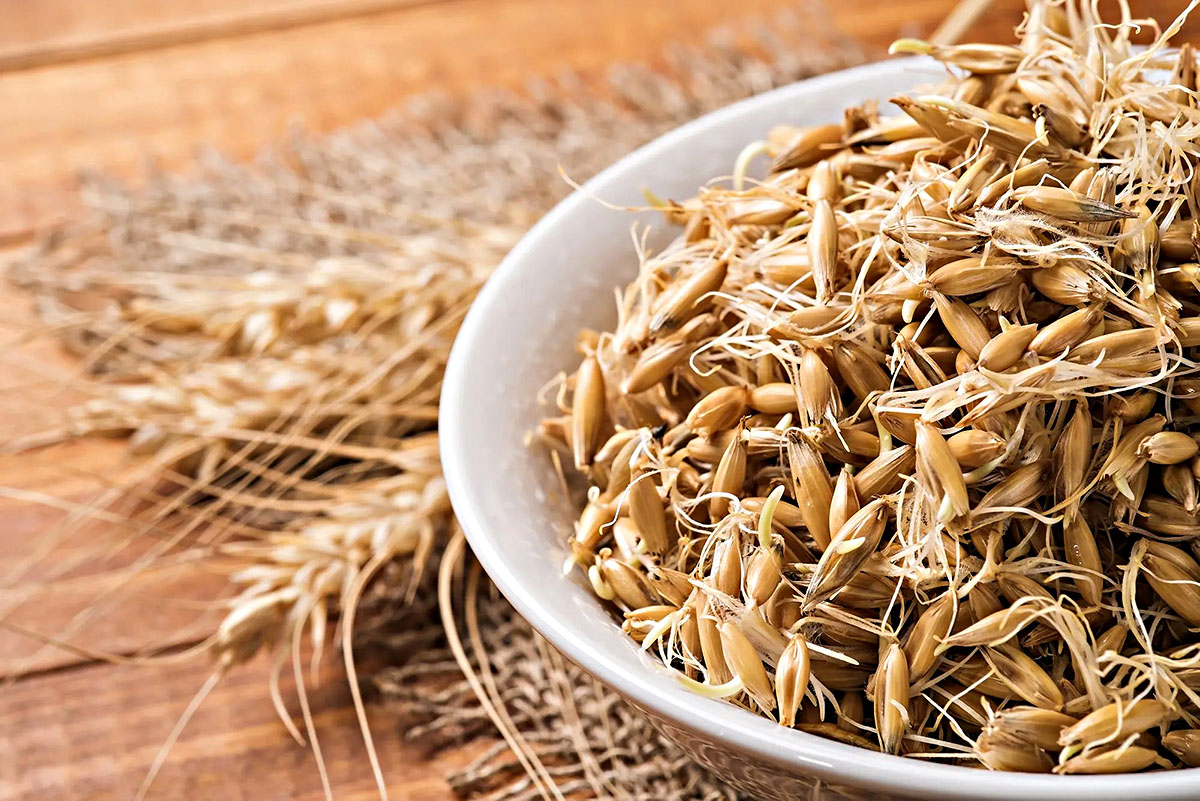

Garden Essentials
How Fast Do Oats Germinate
Modified: September 1, 2024
Discover how quickly oats germinate in your garden. Get expert tips and techniques for successful oat germination.
(Many of the links in this article redirect to a specific reviewed product. Your purchase of these products through affiliate links helps to generate commission for Storables.com, at no extra cost. Learn more)
Introduction
Welcome to the fascinating world of oats germination! When it comes to growing oats, understanding the germination process can greatly impact your gardening success. The speed at which oats germinate is influenced by various factors, including seed quality, environmental conditions, and seed treatment methods. In this article, we will delve into these factors and explore how they affect the germination speed of oats.
Oats, scientifically known as Avena sativa, are one of the most popular cereal crops worldwide. They are not only rich in nutrients but also adaptable to different climates and soil types. Whether you are a farmer looking to maximize your crop yield or a gardening enthusiast eager to sprout oats in your backyard, understanding the germination process is key to achieving your goals.
Germination is the process by which a seed transforms into a young plant. It starts with seed imbibition, where water is absorbed by the seed, followed by the activation of enzymes and metabolic processes that drive cell division and growth. The speed at which these processes occur determines the germination speed.
Now, let’s explore the various factors that impact the germination speed of oats.
Key Takeaways:
- Choosing high-quality oat seeds and providing optimal environmental conditions, such as moisture, temperature, and light, can significantly speed up oat germination and lead to healthier plant growth.
- Seed treatment methods like pre-soaking, scarification, and priming can enhance oat germination speed, helping farmers and gardeners achieve better crop establishment and higher yields.
Read more: How Fast Do Mung Beans Germinate
Factors Affecting Oat Germination Speed
Several factors play a crucial role in determining the speed at which oats germinate. Understanding these factors will help you create optimal conditions for successful germination. Let’s explore them in more detail:
- Seed Quality and Viability: The quality and viability of the oat seeds are essential for successful germination. High-quality seeds that are free from diseases and damage will have a higher germination rate. It’s important to obtain seeds from reliable sources or save seeds from healthy, mature plants.
- Environmental Conditions: The environment in which oats are grown significantly affects germination speed. The main environmental factors to consider are moisture, temperature, and light.
- Moisture Content: Adequate moisture is crucial for oats germination. The seeds need to absorb water to initiate the germination process. However, excessive moisture can lead to rot or fungal diseases. It is important to ensure a balance by providing moist but well-drained soil or substrate.
- Temperature: Oats prefer cooler temperatures for germination, ideally between 50°F and 68°F (10°C and 20°C). Higher temperatures can accelerate germination, but extremely low or high temperatures can inhibit or delay the process. Maintaining a moderate temperature will promote optimal germination speed.
- Light: Oats are considered indifferent to light during germination, which means they can germinate both in the presence and absence of light. However, exposing the seeds to light can trigger faster germination in some cases.
In addition to these natural factors, seed treatment methods can also affect oat germination speed. Seed treatments involve various techniques to enhance the germination process. Let’s explore some commonly used methods:
Seed Quality and Viability
The quality and viability of seeds play a crucial role in determining the success of oat germination. High-quality seeds that are free from diseases, damage, and genetic abnormalities are more likely to germinate successfully and produce healthy plants. When selecting oat seeds, it is important to choose seeds that are of good quality and have a high germination rate.
To ensure seed quality, it is recommended to obtain seeds from reliable sources such as reputable seed suppliers or certified seed producers. This helps to minimize the risk of purchasing low-quality or contaminated seeds that may negatively impact germination and plant health. Alternatively, if you are saving seeds from your own crops, make sure to select seeds from healthy and vigorous plants that exhibit desirable traits.
Seed viability, which refers to the ability of seeds to germinate and produce healthy plants, is another important aspect to consider. Over time, seed viability naturally decreases, and older seeds may have a lower germination rate. It is recommended to use fresh seeds or to periodically test the viability of stored seeds using germination tests.
Germination tests involve placing a certain number of seeds on moist paper towels or in germination trays under controlled conditions. The percentage of seeds that successfully germinate within a specified time period can determine the viability of the seed lot. Seeds with a high germination rate are considered more viable and reliable for successful germination.
In addition to visual inspection and germination tests, it is important to check for any signs of damage, disease, or insect infestation on the seed surface. Damaged or infected seeds may have a lower germination rate and can introduce pests or diseases to your garden. Discard any seeds that show signs of damage or disease.
Proper storage of oat seeds is also essential for maintaining their quality and viability. Store seeds in a cool and dry place, preferably in airtight containers or sealed bags to protect them from moisture, pests, and temperature fluctuations. Avoid exposing seeds to direct sunlight, as it can reduce their viability over time. Regularly check stored seeds for any signs of deterioration and replace them if necessary.
In summary, selecting high-quality seeds and ensuring their viability through proper storage and periodic testing are crucial steps for promoting successful oat germination. By starting with healthy and viable seeds, you set a strong foundation for a successful gardening experience.
Environmental Conditions
Environmental conditions play a significant role in the germination speed of oats. Adequate environmental factors create an optimal environment for the seed to sprout and grow into a healthy plant. Let’s explore the key environmental conditions that impact oat germination:
Moisture Content: Moisture is a critical factor for seed germination. Oats require adequate moisture to initiate the germination process. During the early stages, the seed absorbs water, allowing enzymes to activate and metabolic processes to begin. However, it’s important to strike a balance – excessive moisture can lead to seed rot or fungal diseases. Ensure that the soil or growing medium is kept consistently moist, but not waterlogged, to promote successful germination.
Temperature: Temperature greatly influences oat germination speed. Oats prefer cooler temperatures for optimum germination, typically between 50°F and 68°F (10°C and 20°C). Warmer temperatures can accelerate germination, but extremely high temperatures can inhibit or delay the process. It’s important to maintain a moderate temperature for consistent and healthy germination. If you’re growing oats outdoors, consider planting them in the appropriate season based on the local climate to ensure ideal temperature conditions for germination.
Light: Oats are considered indifferent to light during germination, meaning they can germinate both in the presence and absence of light. However, exposure to light can trigger faster germination in some cases. If you’re growing oats indoors or in controlled environments, consider providing a light source to stimulate germination. However, if you’re planting oats outdoors, natural light conditions will suffice for successful germination.
Air Circulation: Adequate air circulation is essential for promoting oat germination. Good air circulation helps prevent the build-up of excess moisture, which can lead to fungal diseases. Ensure that there is proper ventilation in the growing area or seed trays to allow for sufficient air movement around the seeds.
Humidity: While oats require moisture for germination, excessively high humidity levels can lead to poor oxygen exchange, hindering germination. It is important to maintain a balanced level of humidity in the growing environment. Consider using a hygrometer to monitor humidity levels and use fans or dehumidifiers if needed to maintain optimal conditions.
Soil pH: Oats prefer a slightly acidic to neutral soil pH range of 5.5 to 7.5. Testing the soil pH and making necessary amendments can create favorable conditions for oat germination. If the soil pH is outside of the desired range, consider adjusting it with organic matter or soil amendments.
By creating the ideal environmental conditions, you can significantly enhance the germination speed and success of your oats. Understanding and managing these factors will help provide the optimal conditions necessary for oats to germinate and thrive.
Moisture Content
Moisture content is a critical factor in oat germination. Seeds require adequate moisture to initiate the germination process by absorbing water. The presence of moisture triggers biochemical reactions within the seed, activating enzymes and metabolic processes necessary for growth.
When planting oats, it is important to provide a sufficient amount of moisture to promote germination, but it is equally crucial to avoid overwatering, as excessive moisture can lead to seed rot or fungal diseases. Finding the right balance is key to ensure successful germination.
Before sowing oats, prepare the soil or growing medium by ensuring it is well-draining. This will prevent water from pooling around the seeds, which can hinder germination. The soil should be moist but not saturated or waterlogged.
One method to ensure proper moisture content is to water the soil or growing medium before sowing the seeds. This allows the water to settle, ensuring even distribution of moisture. Additionally, lightly misting the soil or growing medium after sowing the seeds can help moisten the top layer without causing it to become too saturated.
Regular monitoring of moisture levels is essential during germination. Check the soil or growing medium regularly by inserting your finger about an inch into the soil. If it feels dry, it signifies the need for watering. On the other hand, if it feels excessively wet, it indicates overwatering and the need to adjust the watering frequency.
Consistency is key when it comes to moisture levels. Avoid allowing the soil to dry out completely, as it can hinder germination. Conversely, soaking the seeds in excessive moisture can lead to fungal diseases such as damping-off.
In addition to proper watering, using mulch can help maintain optimal moisture levels. Applying a layer of organic mulch such as straw or shredded leaves around the seedlings can reduce evaporation and help the soil retain moisture. This is particularly beneficial during periods of hot weather or in areas with low humidity.
It is important to note that different stages of oat germination may require varying moisture levels. Initially, the seeds need to absorb water for hydration and activation of the germination process. As the roots develop and emerge, a consistent moisture level in the soil is crucial for sustaining growth. When the seedlings have established roots and become more resilient, the moisture requirements may decrease slightly.
By maintaining proper moisture content, you provide the essential ingredient for successful oat germination. Monitor the moisture levels regularly, adjust watering as necessary, and be mindful of the balance between adequate moisture and avoiding excess saturation. This attention to moisture will help your oat seeds sprout, develop roots, and grow into healthy plants.
Read more: How Fast Does A Radish Germinate
Temperature
Temperature plays a vital role in oat germination, as it directly influences the speed and success of the process. Oats thrive in cooler temperatures and have specific temperature preferences for optimal germination.
Generally, oats prefer a moderate temperature range of 50°F to 68°F (10°C to 20°C) for germination. Within this range, the enzymes and metabolic processes necessary for germination are activated and operate efficiently. This range provides the ideal conditions for the seeds to absorb water and kick-start the germination process.
It is important to monitor the temperature during the germination period to ensure it remains within the optimal range. This is especially crucial if you are germinating oats indoors or in a controlled environment, as you have more control over the temperature conditions.
If you are starting oats outdoors, timing the planting according to the local climate is important. Planting oats when the soil is too cold, such as during early spring while the ground is still frozen, can lead to low germination rates or delayed germination. Similarly, planting during extremely hot summer temperatures can inhibit germination or negatively impact seedling growth.
Ensure that the soil temperature is suitable before sowing the seeds. Using a soil thermometer can help you determine the temperature of the soil at the desired planting depth. Soil temperatures around 50°F (10°C) or slightly higher indicate ideal conditions for oat germination.
Managing temperature is also important when germinating oats indoors or using seed trays. Keep the trays in a location that maintains a moderate temperature, away from extreme heat or cold drafts. Providing consistent temperature conditions throughout the germination process is crucial for achieving high germination rates.
In some cases, higher temperatures can accelerate germination, but extreme heat can also hinder the process. If temperatures exceed the upper limit of the optimal range, it can lead to seed dormancy, reduced germination rates, or even seed damage. Conversely, extremely low temperatures may slow down or inhibit germination.
It is crucial to maintain consistent temperatures throughout the germination period. Consider using heating mats or thermostatically controlled systems to provide stable temperatures, especially when germinating oats in cooler climates or during colder months. Maintaining the appropriate temperature range will promote successful germination and help the seeds develop into healthy plants.
By understanding the temperature requirements for oat germination and ensuring optimal conditions, you can significantly enhance the speed and success of the process. Monitoring and controlling temperature fluctuations will help you create a favorable environment that encourages oat seeds to germinate and grow into thriving plants.
Light
Light is an essential environmental factor that can influence the germination of oat seeds. While oats are considered indifferent to light during germination, exposure to light can impact the speed and success of the process in certain situations.
When growing oats outdoors, natural light conditions will typically suffice for successful germination. Oats are capable of germinating both in the presence and absence of light. In many cases, they rely more on the moisture and temperature conditions for germination rather than light exposure.
However, there are instances where exposure to light can trigger faster germination. When growing oats indoors or in controlled environments, providing a light source can stimulate germination and expedite the process. This is particularly useful when working with seeds that have a hard seed coat or are known to have slower germination rates.
One common practice is to place the oat seeds in a well-lit area or under grow lights for a certain period each day. For most oat varieties, a photoperiod of 12-16 hours (similar to daylight hours during spring) is optimal for stimulating germination.
It is important to note that while light exposure can influence the speed of oat germination, it may not necessarily impact the final germination percentage. This means that even if oats are germinated in darkness, they can still achieve high germination rates comparable to those germinated under light.
When using artificial lighting for germination, it is crucial to maintain proper distance and intensity to prevent phototoxicity. Placing the light source too close to the seeds can cause excessive heat or light stress, which can hinder germination or damage the seeds. Follow manufacturer recommendations for light distance and intensity to ensure optimal growing conditions.
In addition to light exposure during germination, light also plays a significant role in the subsequent growth and development of oat seedlings. Once the oat seedlings emerge from the soil, they require adequate light for photosynthesis and energy production. Place the seedlings in a well-lit area or provide sufficient artificial light to support their growth.
It is important to maintain a balance when it comes to light exposure. While light can be beneficial for stimulating germination, excessive exposure to direct sunlight or intense artificial lighting can cause heat stress or dehydration. Ensure that the light source is properly adjusted to provide the ideal lighting conditions for germination without causing harm to the seeds or seedlings.
By understanding the role of light in oat germination and adjusting light exposure accordingly, you can encourage faster germination and support the healthy growth of oat seedlings. Whether relying on natural light or providing supplemental lighting, finding the right balance will help create an optimal environment for oats to thrive.
To speed up oat germination, soak the seeds in water for 12-24 hours before planting. This can help soften the seed coat and promote quicker sprouting.
Seed Treatment Methods
Seed treatment methods can significantly impact oat germination speed and overall success. These techniques help enhance the germination process by addressing specific challenges or improving the conditions for seed viability and vigor. Let’s explore some commonly used seed treatment methods:
- Pre-soaking: Pre-soaking oat seeds before planting can help accelerate germination. This method involves soaking the seeds in water for a specific period, allowing them to absorb moisture and initiate the germination process. Pre-soaking can soften the seed coat, making it easier for the embryo to emerge. It can also help break dormancy in certain seed varieties, leading to faster and more uniform germination.
- Scarification: Scarification involves mechanically breaking or scratching the hard seed coat to facilitate water absorption and promote germination. This technique is particularly beneficial for oat varieties with tough or impermeable seed coats that can delay or inhibit germination. Scarification can be done by rubbing the seeds with sandpaper, gently nicking the seed coat with a sharp blade, or using specialized equipment such as seed scarifiers.
- Priming: Priming is a seed treatment method that involves controlled hydration and dehydration cycles to improve germination speed and uniformity. It helps to activate enzymes and metabolic processes within the seed, stimulating faster and more synchronized germination. Priming can be done by soaking the seeds in water for a specific period, followed by drying them to a moisture content suitable for planting. This technique can enhance both germination speed and seedling vigor.
- Chemical Treatments: Some chemical treatments can be used to protect oat seeds from diseases and pests, ultimately improving germination. Fungicide treatments can help prevent fungal diseases that can hinder germination or cause seed decay. Insecticide treatments can protect seeds from insect pests that feed on them. It is important to use these chemical treatments judiciously and follow instructions to ensure safe and effective application.
When using seed treatment methods, it is essential to follow recommended guidelines and consider the specific needs and characteristics of oat seeds. Different oat varieties may respond differently to treatment methods, so it is important to choose the most appropriate technique based on the seed variety and specific germination challenges.
Seed treatment methods can be particularly helpful when working with seeds obtained from questionable sources or in environments with suboptimal growing conditions. However, it is important to note that not all oat seeds require or benefit from seed treatment. High-quality seeds from reliable sources may already have good germination rates and may not require any additional treatments.
Experimentation and observation can help determine the effectiveness of different seed treatment methods for specific oats varieties and growing conditions. Keep detailed records of your seed treatment processes and monitor the germination rates and plant health to evaluate the success of the treatments.
By employing appropriate seed treatment methods, you can improve the germination speed and overall success of your oat seeds. Select the most suitable treatments for your specific situation, considering factors such as seed quality, growing conditions, and any known germination challenges. With the right approach, you can enhance the germination process and set the stage for healthy and thriving oat plants.
Pre-soaking
Pre-soaking is a seed treatment method commonly used to enhance the germination speed and success of oat seeds. This technique involves soaking the seeds in water for a specific period before sowing them in the growing medium.
Pre-soaking oat seeds provides several benefits. One of the main advantages is the softening of the seed coat, which can be particularly beneficial for oat varieties with hard or impermeable seed coats. The softening process allows water to penetrate the seed more easily, kick-starting the germination process.
The duration of pre-soaking can vary depending on the oat variety and its specific characteristics. Typically, pre-soaking oats for 8 to 12 hours is sufficient to achieve favorable results. However, some oat varieties may require longer soaking periods, while others may not benefit significantly from pre-soaking at all. It is important to refer to seed variety-specific recommendations or conduct small-scale experiments to determine the optimal soaking time for a particular oat variety.
When pre-soaking oat seeds, it is crucial to use clean, non-chlorinated water. Tap water can often contain chlorine, which can be harmful to seeds. If using tap water, leave it in an open container for a few hours to allow any chlorine to evaporate before using it for pre-soaking. Alternatively, using clean, distilled water can eliminate any potential issues related to chlorine or other contaminants.
To pre-soak oat seeds, place them in a container and cover them with water. Ensure that the water level is sufficient to completely submerge the seeds. It is important not to overcrowd the container to allow adequate water penetration and space for the seeds to absorb the moisture. If working with large quantities of seeds, consider using multiple containers or dividing them into smaller batches.
During the pre-soaking period, it is recommended to keep the container in a cool, dark location to prevent excessive heat and light exposure. This helps mimic the optimal conditions for germination and creates an environment conducive to seed hydration and activation.
After the pre-soaking period, carefully drain the water and transfer the seeds to the growing medium immediately. The seeds are now ready to germinate, and the softening of the seed coat will allow for easier emergence of the embryo and the development of the seedling.
It is important to note that pre-soaking oat seeds is not always necessary. High-quality seeds from reliable sources may already have good germination rates and may not require pre-soaking. Additionally, some oat varieties do not respond significantly to pre-soaking, and the benefits may be minimal.
Experimentation and observation are key when using pre-soaking as a seed treatment method. Keep detailed records of pre-soaking durations and monitor the germination rates and overall plant health to evaluate the effectiveness of the pre-soaking technique for your specific oat variety and growing conditions.
By incorporating pre-soaking into your seed treatment strategy, you can potentially enhance the germination speed and success of oat seeds. It is a simple and cost-effective method that can help improve the overall performance of your oat plants, leading to a successful and rewarding gardening experience.
Read more: How Fast Does Perennial Ryegrass Germinate
Scarification
Scarification is a seed treatment method commonly used to improve the germination of oat seeds. This technique involves mechanically breaking or scratching the hard seed coat to assist with water absorption and promote faster and more successful germination.
Oat varieties with hard or impermeable seed coats can present challenges to germination. The tough seed coat acts as a barrier, preventing water from penetrating the seed and initiating the germination process. Scarification helps overcome this barrier by creating small openings or scratches on the seed coat, allowing water to enter and trigger the germination process.
There are several methods for scarifying oat seeds. One simple approach is to rub the seeds gently with sandpaper. The coarse surface of the sandpaper helps to abrade the seed coat without causing substantial damage. Alternatively, a sharp blade or a knife can be used to nick the seed coat, creating small cuts or scratches. Care must be taken to avoid cutting too deeply into the seed, as it may damage the embryo inside.
When scarifying oat seeds, it is important to work with caution and precision. Ensure that the scarification technique is applied uniformly across all the seeds to maintain consistency in the germination process. It is also recommended to scarify the seeds shortly before sowing them to prevent any potential moisture loss or exposure to unfavorable conditions.
Scarification provides several benefits beyond breaking the seed coat. It can help to break seed dormancy in certain oat varieties, encouraging quicker and more uniform germination. By enhancing the speed and uniformity of germination, scarification can contribute to better crop establishment and higher overall yields.
After scarification, it is essential to sow the scarified oat seeds immediately. The tiny openings or scratches created by scarification make the seeds more susceptible to water absorption. Planting them promptly allows the seeds to take advantage of this increased water permeability and initiate the germination process without delay.
It is important to note that scarification may not be required for all oat seed varieties. Some oat varieties have softer seed coats and can naturally absorb water more easily, resulting in good germination rates without scarification. It is advisable to refer to seed variety-specific guidelines or conduct small-scale tests to determine whether scarification is necessary for a specific oat variety.
Experimentation and observation are key when using scarification as a seed treatment method. Keep detailed records of scarification techniques and monitor the germination rates and overall plant health to evaluate the effectiveness of this method for your specific oat variety and growing conditions.
By incorporating scarification into your seed treatment strategy, you can improve the germination success of oat seeds with hard seed coats. The process of breaking or scratching the seed coat allows for easier water absorption and promotes faster and more uniform germination. This simple yet effective technique can contribute to the successful establishment and growth of your oat plants.
Priming
Priming is a seed treatment method that can significantly enhance the germination speed and uniformity of oat seeds. It involves subjecting the seeds to controlled cycles of hydration and dehydration before sowing, with the aim of stimulating faster and more synchronized germination.
The process of priming allows oat seeds to absorb water and activate biochemical processes within the seed, which are necessary for germination. By providing specific periods of moisture and drying, priming helps to overcome seed dormancy and accelerates the germination process.
To prime oat seeds, start by soaking them in water for a certain duration, typically ranging from 12 to 24 hours. This initial hydration period allows the seeds to absorb water and begin the activation of enzymes and metabolic processes required for germination.
After the soaking period, the seeds are subjected to controlled drying. This involves removing the seeds from the water and allowing them to partially or completely dry before sowing. The drying period can range from a few hours to a day or more, depending on the specific oat variety and desired priming duration.
The main goal of priming is to achieve a specific moisture content in the seed that is optimal for germination. This controlled hydration and dehydration helps synchronize the germination process, resulting in more uniform emergence of seedlings.
Priming offers several advantages for oat germination. It can help overcome seed dormancy, ensuring quick and even germination. The synchronized germination provided by primed seeds can lead to more consistent plant growth, which, in turn, promotes better crop establishment and higher overall yields.
Priming is particularly useful in challenging germination conditions, such as those associated with variable soil temperatures or suboptimal moisture levels. It can provide a boost to germination speed and ensure that the seeds have the best possible chance for successful growth.
It is important to note that priming is a time-sensitive process. Once the oat seeds have been primed, they should be sown as soon as possible to take advantage of the priming effect. Delaying planting after priming can potentially reverse the benefits and lead to reduced germination success.
Although priming can significantly improve germination speed and uniformity, it may not be necessary for all oat seed varieties. Some oat varieties naturally have good germination rates without priming. It is advisable to refer to seed variety-specific guidelines or conduct small-scale tests to determine whether priming is beneficial for a particular oat variety.
Experimentation and observation are key when using priming as a seed treatment method. Keep detailed records of priming durations and monitor the germination rates and overall plant health to evaluate the effectiveness of this technique for your specific oat variety and growing conditions.
By incorporating priming into your seed treatment strategy, you can enhance the germination speed and uniformity of oat seeds. The controlled hydration and dehydration cycles help overcome seed dormancy and promote synchronized germination, leading to healthier and more consistent oat plant growth.
Implications for Farmers and Gardeners
The factors influencing oat germination speed have significant implications for both farmers and gardeners. Understanding these factors and implementing appropriate strategies can lead to improved crop yields, better plant health, and more successful gardening experiences. Let’s explore the implications for farmers and gardeners:
Seed Selection: Choosing high-quality oat seeds is crucial for successful germination. Farmers and gardeners should source seeds from reliable suppliers or save seeds from healthy and mature plants. Proper seed selection ensures better germination rates and the development of robust and productive oat plants.
Seed Treatment: Implementing seed treatment methods, such as pre-soaking, scarification, or priming, can significantly enhance oat germination. Farmers and gardeners can experiment with these techniques to overcome germination challenges and promote faster, more synchronized, and higher germination rates. Understanding the specific requirements of oat varieties and tailoring treatment methods accordingly can result in improved crop establishment and yields.
Environmental Management: Creating favorable environmental conditions for oat germination is essential. Farmers and gardeners should monitor and maintain appropriate moisture levels, temperature ranges, light exposure, and air circulation during the germination period. Careful management contributes to optimal seed hydration, enzyme activation, and overall plant health.
Timely Planting: Time of planting is critical for oat germination success. Farmers need to consider the local climate and soil conditions when determining the best time for planting. Gardeners should start seeds indoors or sow them outdoors based on the specific oat variety and the optimal temperature range for germination. Timely planting sets the stage for successful and timely maturation of oat crops.
Crop Rotation: Rotating oat crops with other plants in a farming or gardening system can help prevent the buildup of pests, diseases, and nutrient imbalances. Farming practices that incorporate crop rotation and proper soil management ensure healthier oat plants and reduce the likelihood of germination issues caused by previous oat plantings.
Maintain Soil Health: Soil health directly affects oat germination and overall plant growth. Farmers and gardeners should focus on maintaining nutrient-rich, well-draining soils by implementing proper soil amendments, organic matter additions, and appropriate pH levels. Healthy soils provide the necessary support for root development and nutrient uptake, ensuring optimal germination and growth.
Monitoring and Adjustments: Regular monitoring of oat germination progress and plant health is crucial for farmers and gardeners. They should observe seedlings for signs of emergence, monitor growth rates, and address any issues promptly. Adjustments may be necessary, such as adjusting irrigation or temperature control, to optimize germination conditions and ensure successful oat crop establishment.
By considering these implications, farmers and gardeners can maximize germination rates, improve crop establishment, and achieve higher yields. Implementing proper seed selection, treatment methods, environmental management, timing, crop rotation, and soil health practices contribute to successful oat germination, healthier plants, and overall farming or gardening success.
Conclusion
Oat germination is a fascinating process influenced by various factors. By understanding these factors and implementing appropriate strategies, both farmers and gardeners can maximize germination rates, promote healthy plant growth, and achieve higher yields.
Factors such as seed quality, environmental conditions, and seed treatment methods play crucial roles in oat germination speed. Selecting high-quality seeds from reliable sources ensures better germination rates and the development of vigorous oat plants. Additionally, employing seed treatment methods like pre-soaking, scarification, or priming can overcome germination challenges and enhance the speed and uniformity of seed emergence.
The environment in which oats are grown significantly affects germination speed. Proper management of moisture levels, temperature, light exposure, and air circulation is essential to provide optimal conditions for oat seeds to sprout and thrive. Timing the planting according to the local climate, practicing crop rotation, and maintaining soil health also contribute to successful oat germination.
Farmers and gardeners should monitor the germination progress of oat seeds, adjust conditions as needed, and address any issues promptly. Through careful observation and adjustments, they can optimize germination conditions, promote healthy plant establishment, and ultimately increase yields.
In conclusion, by considering the factors affecting oat germination speed and implementing appropriate strategies, farmers and gardeners can create the ideal conditions for successful oat germination. Sourcing high-quality seeds, using seed treatment methods when necessary, managing environmental conditions, and monitoring the germination process will result in healthier oat plants, better crop establishment, and improved overall farming or gardening experiences.
With the right knowledge and practices, oat germination can be a rewarding and successful endeavor, ultimately leading to an abundant harvest of this nutritious and versatile cereal crop.
Curious about how quickly other seeds sprout? Our guide on seed germination speeds offers insightful tips and tricks that are perfect for farmers and hobby gardeners alike. Understanding the nuances of different seeds can drastically improve your planting strategy and yields each season. Don't miss out on mastering these essential gardening skills!
Frequently Asked Questions about How Fast Do Oats Germinate
Was this page helpful?
At Storables.com, we guarantee accurate and reliable information. Our content, validated by Expert Board Contributors, is crafted following stringent Editorial Policies. We're committed to providing you with well-researched, expert-backed insights for all your informational needs.
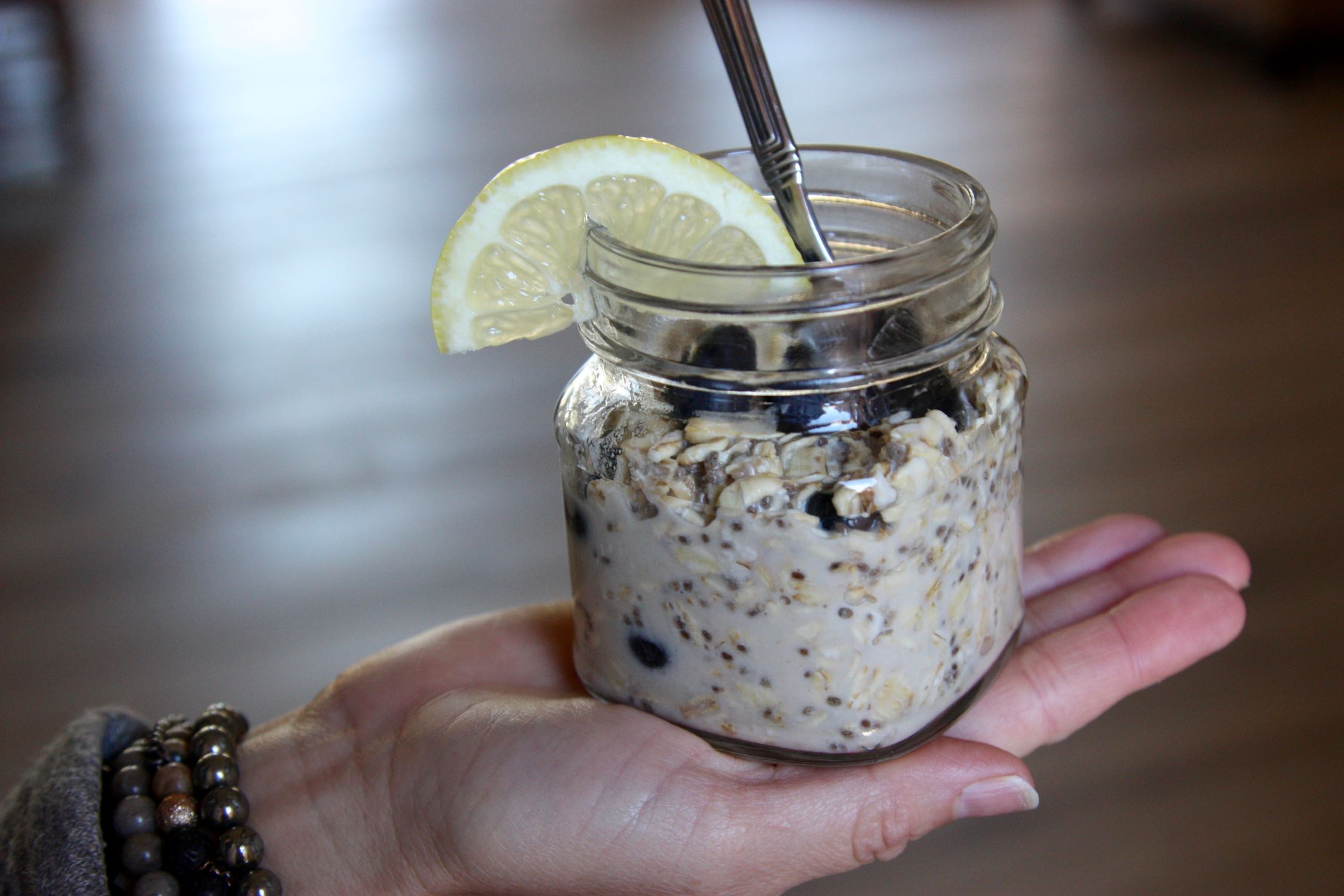
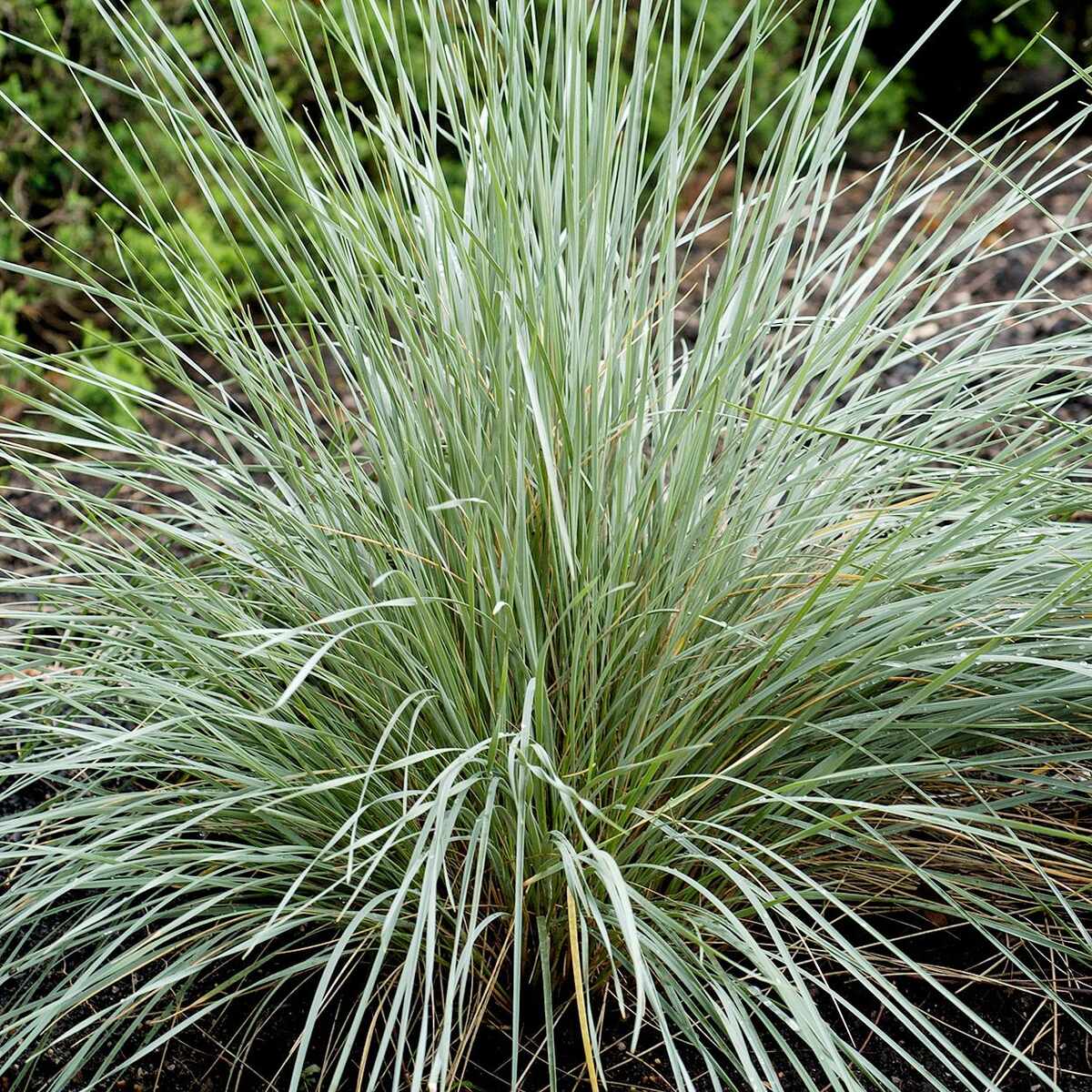
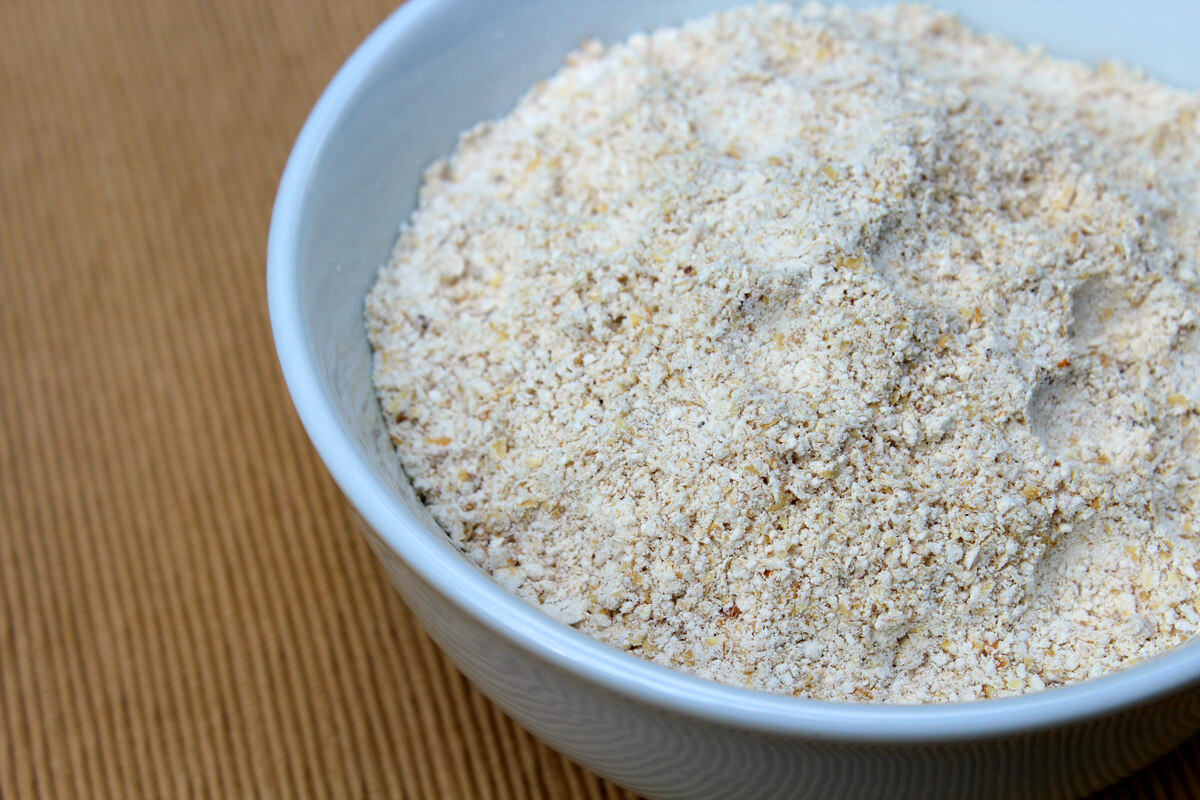
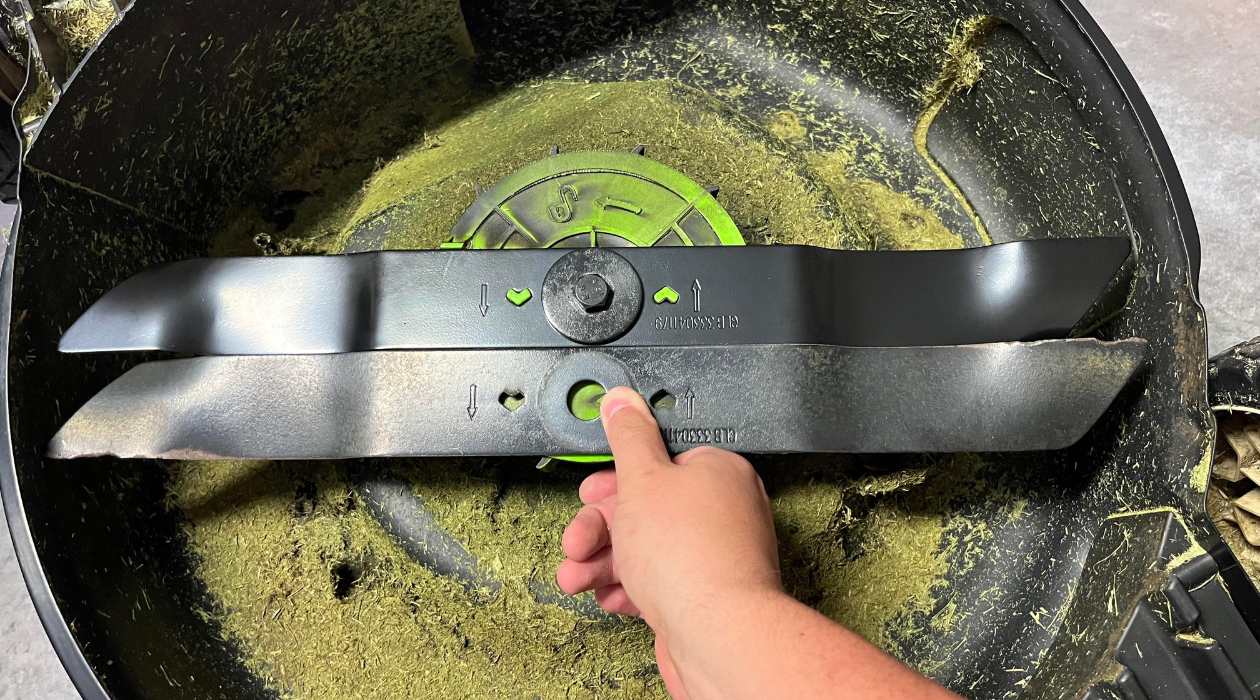
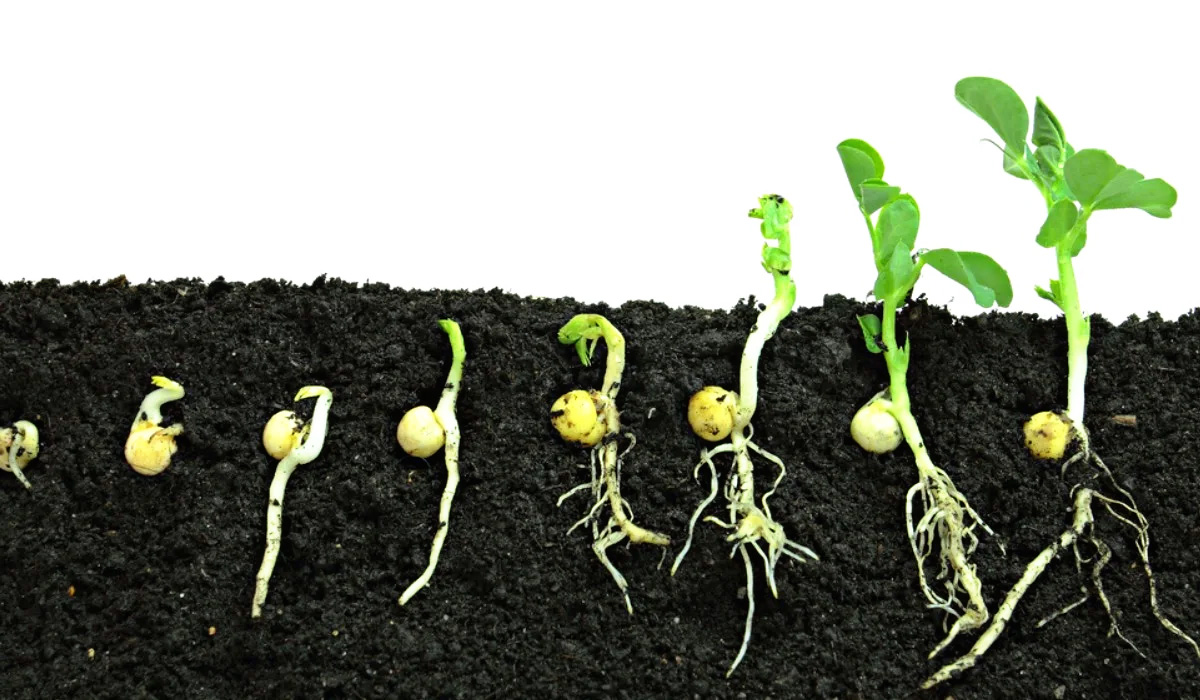
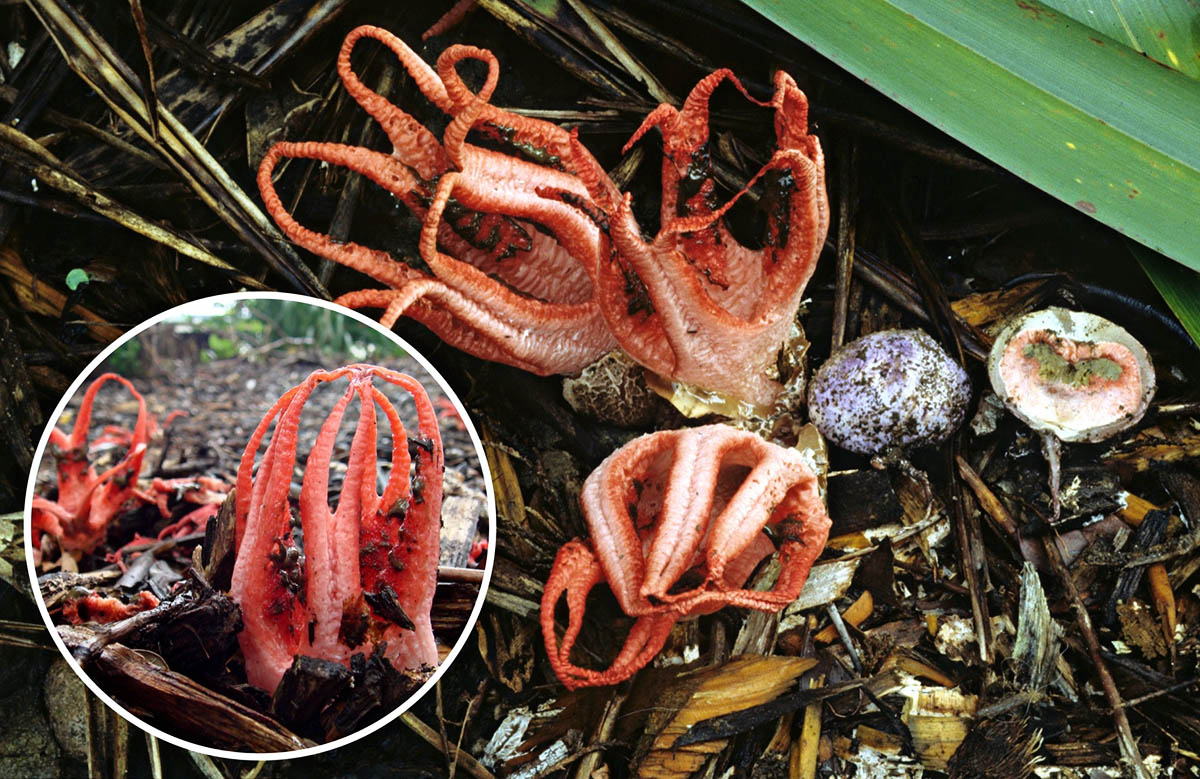
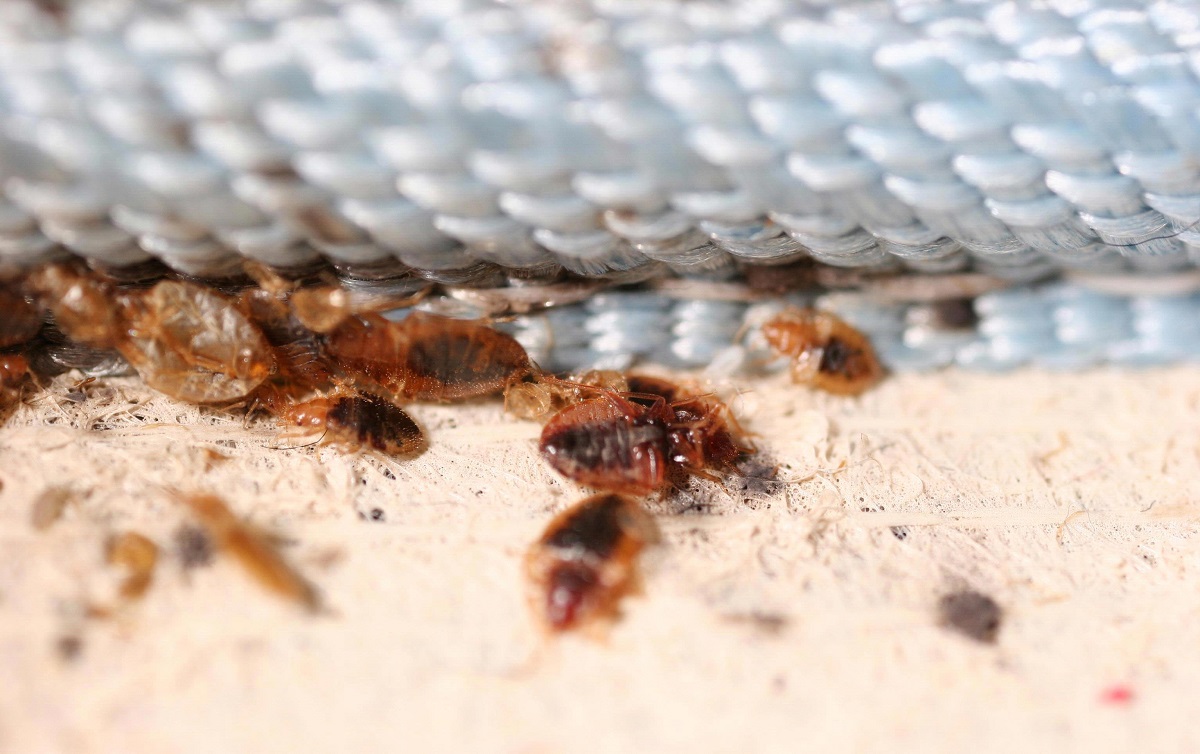
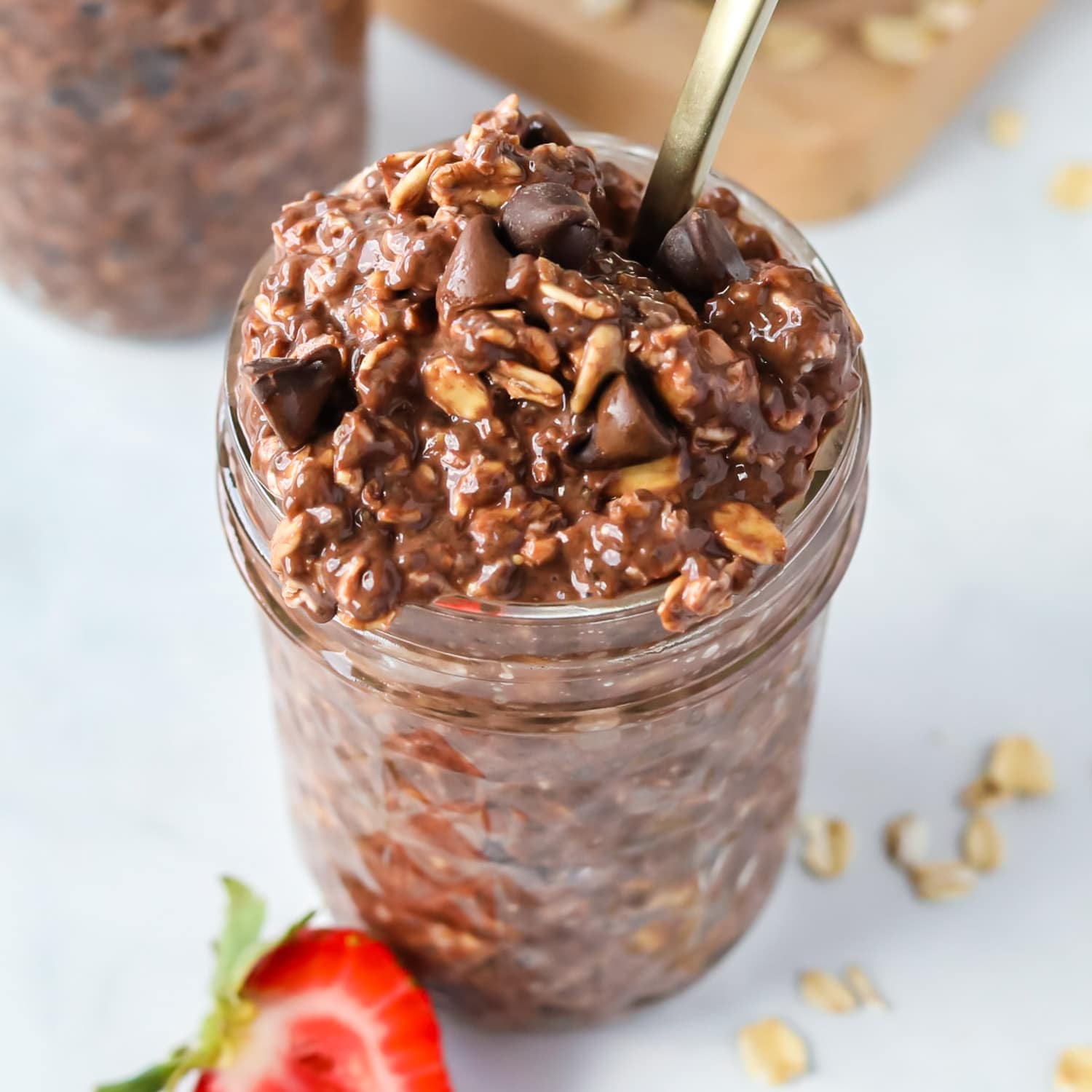
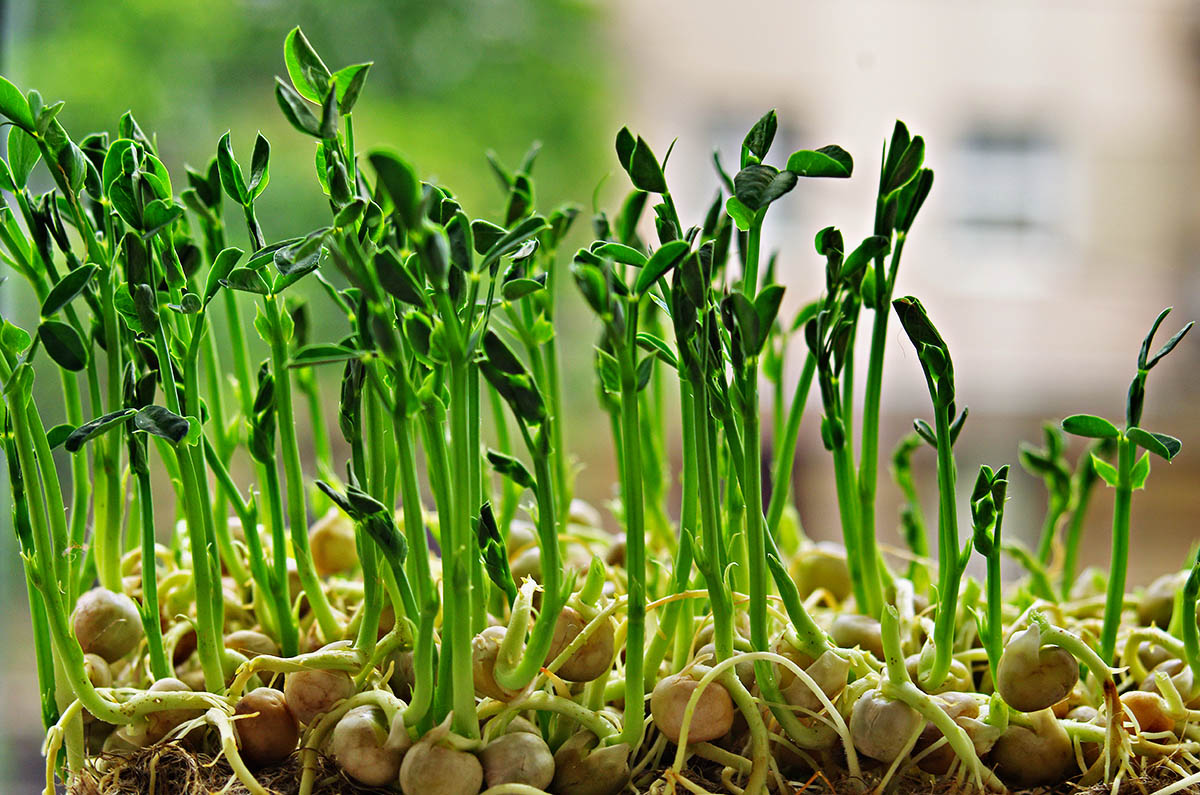


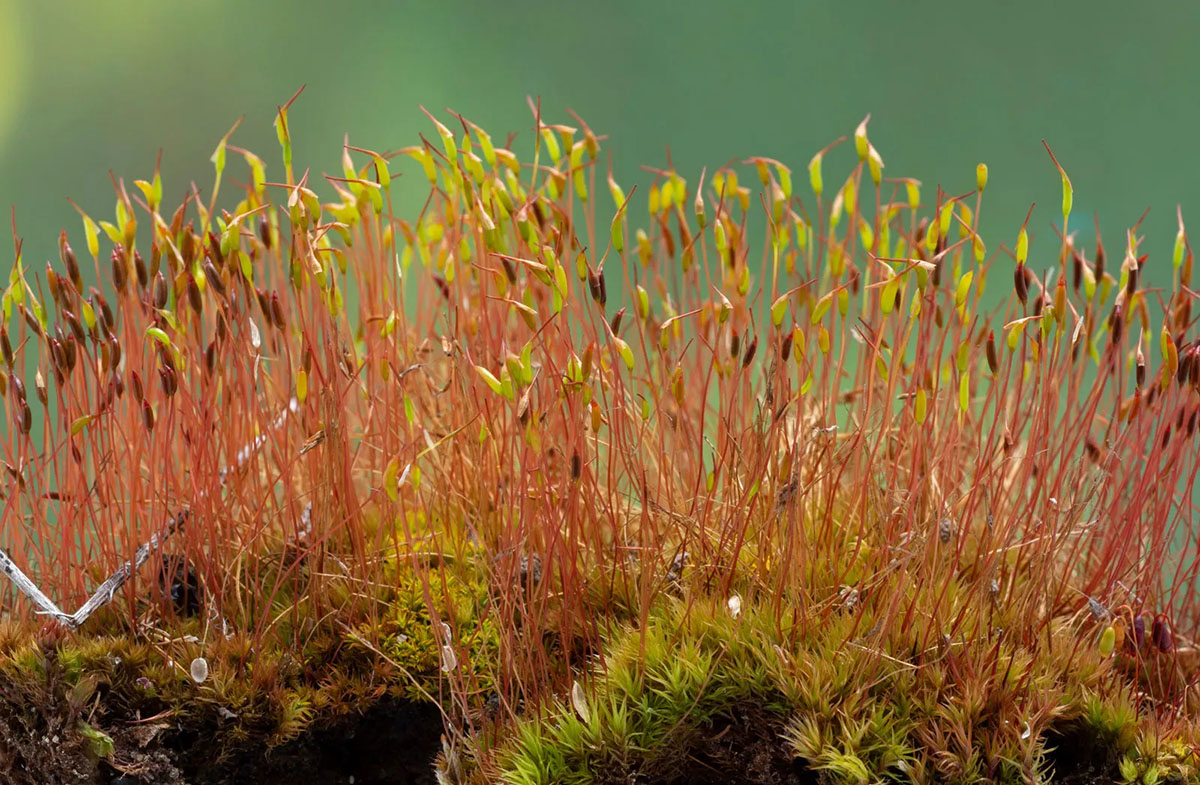
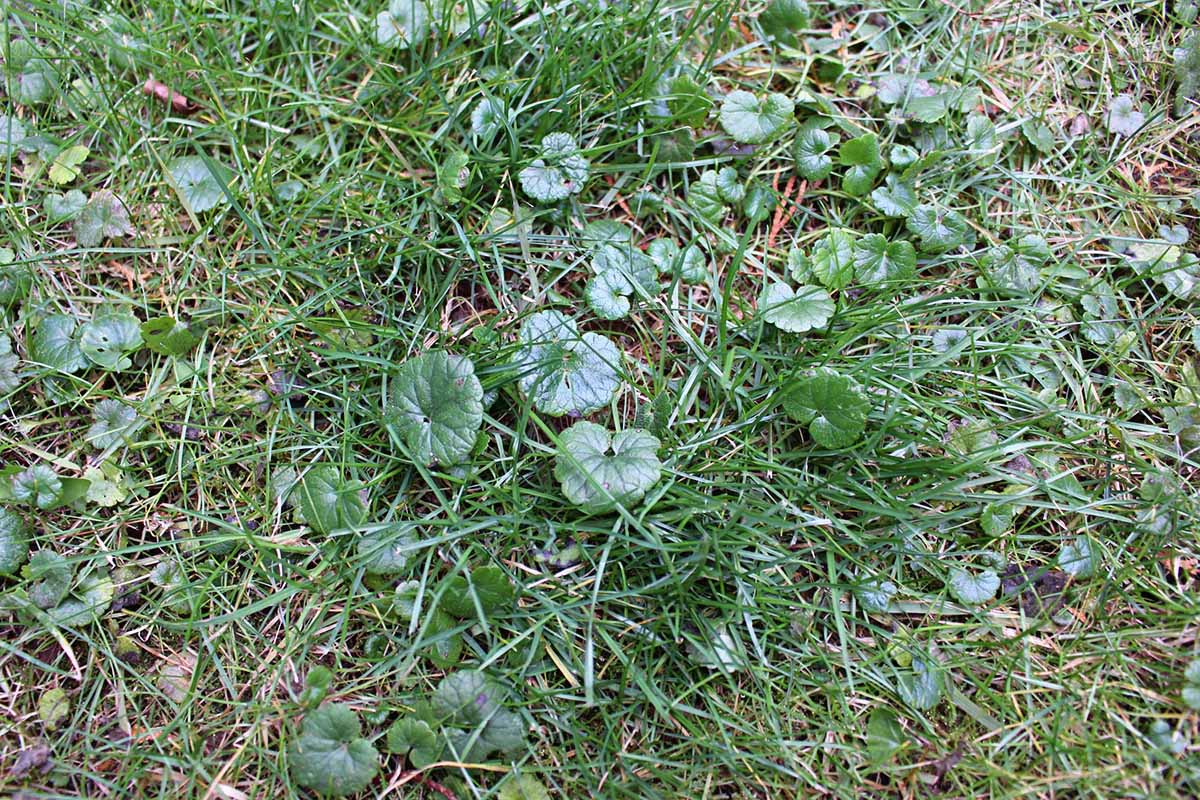

0 thoughts on “How Fast Do Oats Germinate”